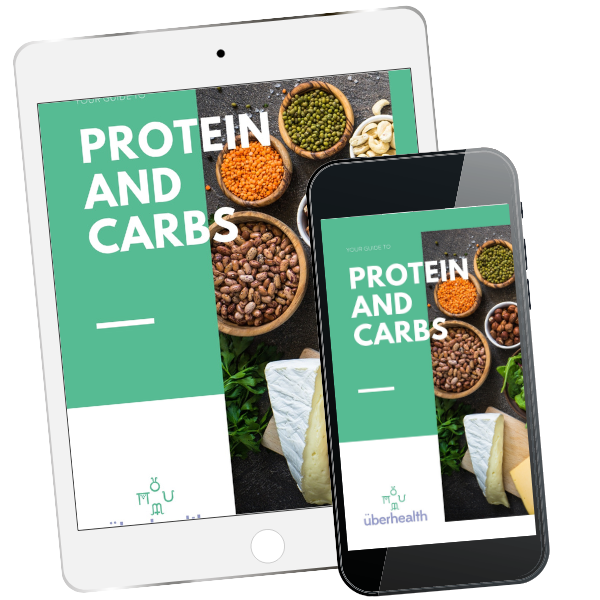Real food vs Performance food for fuel..
I love working with athletes. Whilst I’ve worked with athletes at various stages of their amateur and professional careers, my favourite sports nutrition clients are those who would probably describe themselves more “weekend warrior” than “Olympic ready”. Regardless to their event or level, there’s one thing I need to remind them; “what you’re doing is something extra.”
What do I mean by extra?
Your body runs on what we call a Basal Metabolic Rate. Essentially this is the sum of all the energy it takes for your body to do all the primary functions, cellular activities, and all its daily building and breaking down. Your BMR is based on a lot of factors such as your sex, height, weight, age. Training and sports events require extra energy above your BMR. The more ‘extra’ the event or training, the more ‘extra’; we need to put in our bodies.
Many of my clients and athletes are proactive with their health. Often, they come and see me after having researched online and the odd textbook and want to dive a little deeper and fine tune. Recently I’ve seen a lot of athletes approach me about doing their training and events on a Real Foods diet.
What are real foods?
JERF. Just Eat Real Foods. It’s a hashtag that’s been around for a while and encompasses the food philosophy of not needing anything fancy, just honest to goodness whole foods. As a Naturopath, I am all for whole food diets. A whole foods diet is one of the seven pillars of health, and I wrote about it here
Recently been a big push on social media from athletes who are promoting their real foods diets for training and events. These are athletes who say they complete their Ironman or other chosen sport events using only real foods. Often this food tool kit will include bananas, dates, homemade sports gels, and muesli bars.
Some of the pluses of training and competing on real foods are.
- you know exactly what you are eating,
- you know where your foods are from, and
- you’re limiting your exposure to agents such as thickeners, preservatives, and artificial flavours.
Some of the downsides to using real foods for training and events include,
- you need to be super organised in your food preparation,
- your macros per serve can only be an estimate (averaging out ingredients in bars etc),
- food stability and food safety,
- you may require more real foods than ‘performance foods’ to meet your event macros, and
- eating just real foods may also increase your fibre intake, which may make longer events a bit more uncomfortable on your guts.
What are performance foods?
Performance foods are all the manufactured and processed gels, bars, sports drinks, powders, and chews that you can find in just about any sporting goods or vitamin shop. These are ‘foods’ which have been designed to optimise the macro nutrient intake (usually carbohydrate) for efficient and effective utilisation of the body during times of activity.
Each product is designed with a specific outcome in mind, such as
- to meet a certain macronutrient ratio,
- to ensure easy transport through the gut lining for fast utilisation, or
- to help to mitigate loss of electrolytes.
The goal of these performance food is not optimising nutrition, disease prevention, or reach optimum health. The goal of these performance foods is to help an athlete met the demands of their training or event for short term application.
When to use performance foods?
The use of performance foods is a conversation I frequently have with clients. The choice will depend on many factors, their sport (duration, volume, intensity), their personal food philosophy, and intended goals. When deciding if we need to implement performance foods, we first need to look at the demands of their sport on their body. If a client can easily meet the demands of their sport with real foods, great! Clients that are engaged in more intense events, such as Ultras, Ironman, 24 events etc, we need to look at considering performance foods. The golden rule is, how can we ensure the athlete is getting what their body needs for what they are doing?
What I do in clinic.
So, in clinic I have worked with clients who are real foods only. I have also worked with clients who are happy to mix real foods and performance foods. Whatever route we go, there are two factors we need to be crystal clear on:
1. This nutrition is for events and training; all other non training/event foods, we try to eat as clean, fresh, whole foods diet we can.
2. Whatever event nutrition we plan, we practice it. Don’t run the risk of switching to a whole foods diet on race day, eat a whole bunch of bananas and dates as fuel, and wonder why your bike and run got a little bit uncomfortable! No one likes surprises on race day, including your tummy!
Do you want help with your race day nutrition? You can book a 1:1 consultation with me here . Alternatively, if you’re an athlete wanting to take your own knowledge a little bit further, sign up for my Uberhealth for Athletes course which contains meal plans, videos and a bonus 1hour lecture I gave this year on exercise and recovery.
FREE RESOURCE


